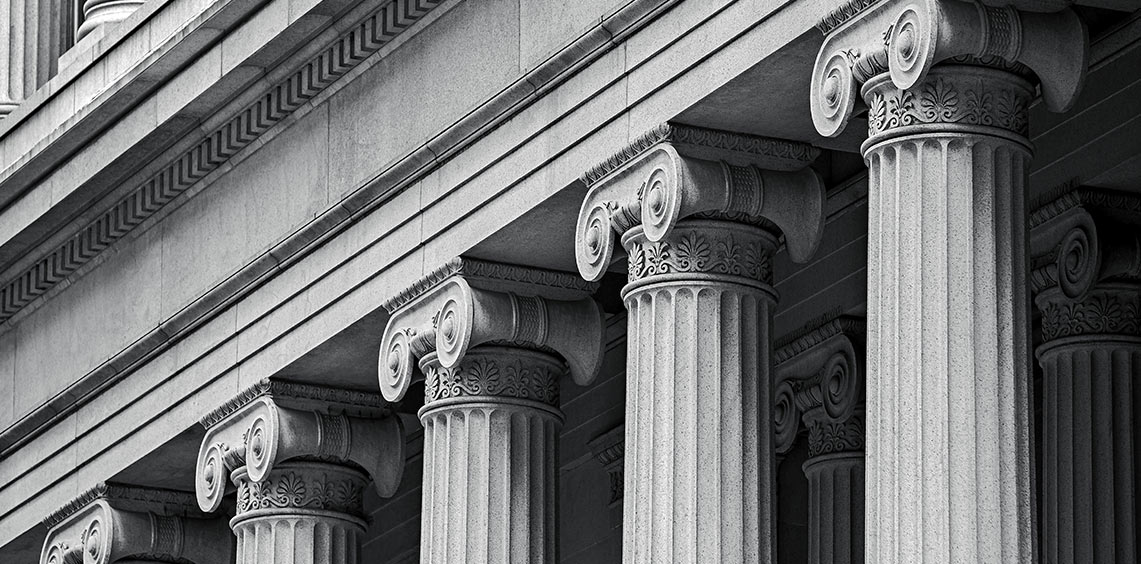Fed Watch: Same As It Ever Was

Three down, five more to go…FOMC meetings, that is. And you know what? Nothing has really changed. Once again, the voting members reiterated their zero-interest-rate policy and kept their quantitative easing (QE) purchases on autopilot. In other words, investors are left with the 1980’s Talking Heads lyric stuck in their heads: ”Same as it ever was".
Is it really that easy though? After surging by more than 80 basis points this year, the U.S. Treasury (UST) 10-Year yield took a pause last week, underscoring our premise that the expected continued upward trend will not be a one-way street. However, as investors look ahead, the Federal Reserve’s (Fed) decision-making process could definitely become more nuanced, creating the potential for more UST 10-Year yield volatility.
What exactly do I mean by “more nuanced” you might ask? The Fed has hitched its policy wagon directly to the Covid-19 situation, and rightfully so. At the present time, Chair Powell & Co. have acknowledged an improved U.S. economic outlook and have even tried to get out in front of any increases in upcoming inflation readings as being “transitory,” all with the caveat that much uncertainty remains due to the pandemic.
To underscore this point, St. Louis Fed President Bullard (a non-voting member) recently talked about the Fed having a policy roadmap, and cited a 75% vaccination rate as being a potential threshold for when taper-talk (a.k.a. reducing QE purchases) could begin. Remember, rate hikes are nowhere on the immediate horizon, but as we saw following the financial crisis, the first step toward policy normalization starts with slowing the pace of QE.
So, let’s take a look at when this 75% threshold could come into sight. Prior to the pause of the J&J vaccine, studies showed the U.S. could be on pace to reach this number some time in the first half of August. Interestingly, this is the same month as the Fed’s annual Jackson Hole gathering, where past Fed Chairs have made some policy-related headlines with their speeches. Could history repeat itself for the 2021 experience?
Conclusion
Before we put the cart before the horse, you have to ask what happens if economic data continues to come in on the robust side and inflation readings reveal a sustained elevation. And, perhaps more importantly, what if the UST 10-Year yield resumes its upward move to, if not above, the 2% threshold. Will the bond market and the Fed be waiting to see who blinks first? In this type of scenario, the Fed’s forward guidance and communication skill will no doubt be put to the test.
Unless otherwise stated, data source is St. Louis Fed, as of 4/23/21.
Disclaimer: Investors should carefully consider the investment objectives, risks, charges and expenses of the Funds before investing. U.S. investors only: To obtain a prospectus containing this ...
more


